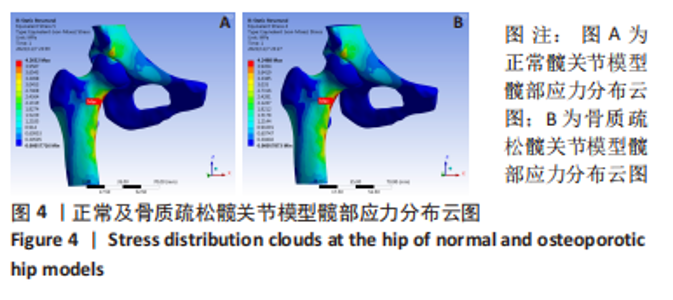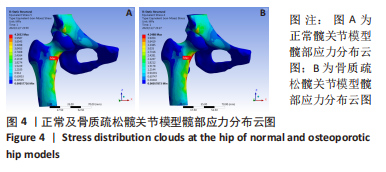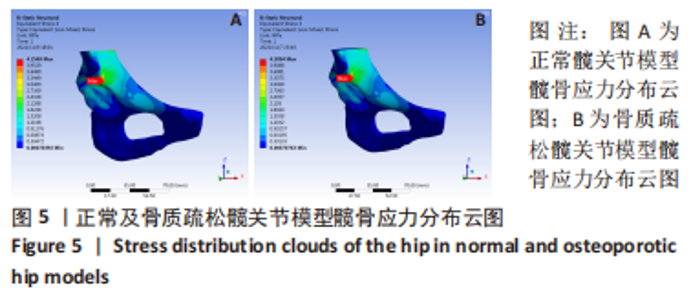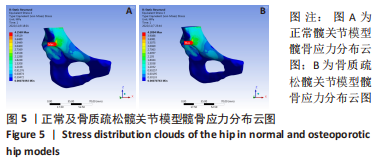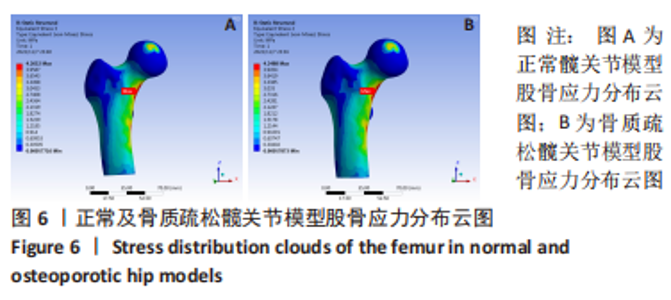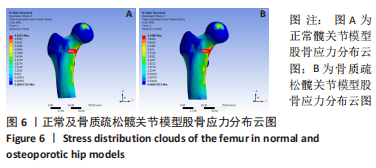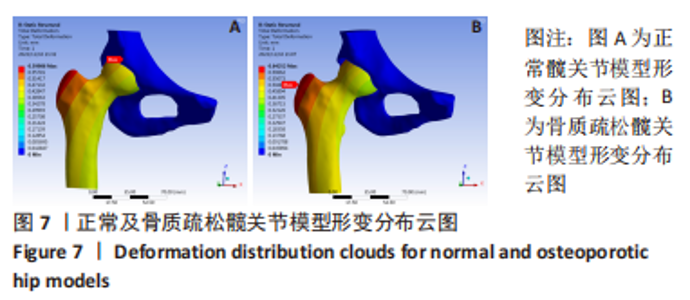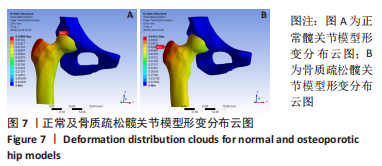[1] YAVROPOULOU MP, MAKRAS P, ANASTASILAKIS AD. Bazedoxifene for the treatment of osteoporosis. Expert Opin Pharmacother. 2019;20(10):1201-1210.
[2] NELLANS KW, KOWALSKI E, CHUNG KC. The epidemiology of distal radius fractures. Hand Clin. 2012;28(2):113-125.
[3] 李祖国, 扈佐鸿, 刘浩, 等.单侧经皮椎体成形术治疗骨质疏松性上胸椎骨折的临床疗效观察[J].中华临床医师杂志(电子版),2015,9(15): 2820-2823.
[4] 潘盛, 杨佳生, 赖以毅, 等.CT与MRI在骨质疏松性与非骨质疏松性腰椎骨折中的临床应用[J].医学影像学杂志,2022,32(9):1638-1641.
[5] GUZON-ILLESCAS O, PEREZ FERNANDEZ E, CRESPÍ VILLARIAS N, et al. Mortality after osteoporotic hip fracture: incidence, trends, and associated factors. J Orthop Surg Res. 2019;14(1):203.
[6] KARRES J, KIEVIET N, EERENBERG JP, et al. Predicting Early Mortality After Hip Fracture Surgery: The Hip Fracture Estimator of Mortality Amsterdam. J Orthop Trauma. 2018;32(1):27-33.
[7] QASEEM A, FORCIEA MA, MCLEAN RM, et al. Treatment of Low Bone Density or Osteoporosis to Prevent Fractures in Men and Women: A Clinical Practice Guideline Update From the American College of Physicians. Ann Intern Med. 2017;166(11):818-839.
[8] SCHREIBER JJ, KAMAL RN, YAO J. Simple Assessment of Global Bone Density and Osteoporosis Screening Using Standard Radiographs of the Hand. J Hand Surg Am. 2017;42(4):244-249.
[9] WU S, TODO M, UMEBAYASHI D, et al.Risk assessment of vertebral compressive fracture using bone mass index and strength predicted by computed tomography image based finite element analysis.Clin Biomech (Bristol, Avon). 2021;85:105365.
[10] 郭文文, 刘静, 曹慧, 等.正常与骨质疏松肱骨的三维重建及有限元分析[J].中国医疗设备,2018,33(4):34-37.
[11] 杨锐敏, 吴文正, 郑永泽, 等.不同松质骨体积分数影响股骨近端表观力学响应的有限元分析[J].中国组织工程研究,2021,25(36):5765-5770.
[12] 秦大平, 张晓刚, 权祯, 等.不同方法治疗骨质疏松性胸腰椎压缩骨折椎体力学稳定性变化差异的有限元分析[J].中华中医药杂志,2021,36(8): 4886-4895.
[13] Pustoc’h A, Cheze L.Normal and osteoarthritic hip joint mechanical behaviour: a comparison study. Med Biol Eng Comput. 2009;47(4):375-383.
[14] 陈凯宁, 农明善, 叶青, 等.钙化软骨层硬度变化对骨软骨结构应力影响的有限元分析[J].中国组织工程研究,2019,23(12):1881-1886.
[15] WRONSKI S, KAMINSKI J, WIT A, et al. Anisotropic bone response based on FEM simulation and real micro computed tomography of bovine bone. Comp Methods Biomech Biomed Eng. 2019;22:S465 - S467.
[16] 郭苏童, 郭宇, 王凌, 等.发育性髋关节发育不良患者不同髋关节外展角度下髋部应力分布的有限元分析[J].中国组织工程研究,2023,27(27): 4265-4270.
[17] YANG P, LIN TY, XU JL, et al.Finite element modeling of proximal femur with quantifiable weight-bearing area in standing position. J Orthop Surg Res. 2020;15(1):384.
[18] 王汝良, 张凯旋, 胡霖霖, 等.基于CT的正常与骨质疏松股骨模态分析[J].软件,2019,40(4):77-80.
[19] GRECU D, PUCALEV I, NEGRU M, et al. Numerical simulations of the 3D virtual model of the human hip joint, using finite element method. Rom J Morphol Embryol. 2010;51(1):151-155.
[20] 张海峰, 尹爱华, 董毅, 等.有限元法分析不同负荷下髋臼区的应力分布[J].中国组织工程研究,2016,20(39):5867-5872.
[21] 丁海, 朱振安.髋臼的解剖形态及生物力学研究进展[J].医用生物力学, 2008,23(5):411-414.
[22] 张馨元, 丁晓红, 段朋云, 等.基于骨骼材料分布特征的髋关节有限元模型建立及其应力分析[J].北京生物医学工程,2020,39(5):462-469.
[23] 陈国栋, 罗羽婕,王锐英.有限元分析在股骨生物力学研究中的应用[J].实用医学杂志,2011,27(2):334-336.
[24] 陈诺, 邱兴, 汪帝, 等.基于CT灰度值赋予材料属性的马拉松运动员髋关节有限元模型建立及其应力分析[J].中华医学杂志,2022,102(9):679-682.
[25] Honig S, Chang G. Osteoporosis: an update. Bull NYU Hosp Jt Dis. 2012; 70(3):140-144.
[26] 石少辉, 潘伟, 吴国平, 等. 60岁及以上髋部和椎体骨折患者血清25-羟基维生素D水平分析[J].中华全科医师杂志,2020,19(3):233-237.
[27] 唐佩福.老年髋部骨折的诊治现状与进展[J].中华创伤骨科杂志,2020,22(3):197-199.
[28] 原发性骨质疏松症诊疗指南(2017).中华骨质疏松和骨矿盐疾病杂志, 2017,10(5):413-444.
[29] WAINWRIGHT SA, MARSHALL LM, ENSRUD KE, et al. Hip fracture in women without osteoporosis. J Clin Endocrinol Metab. 2005;90(5):2787-2793.
[30] BOUXSEIN ML, KARASIK D. Bone geometry and skeletal fragility. Curr Osteoporos Rep. 2006;4(2):49-56.
[31] HOLLENSTEINER M, SANDRIESSER S, BLIVEN E, et al. Biomechanics of Osteoporotic Fracture Fixation. Curr Osteoporos Rep. 2019;17(6):363-374.
[32] CHRISTEN D, WEBSTER DJ, MÜLLER R. Multiscale modelling and nonlinear finite element analysis as clinical tools for the assessment of fracture risk.Philos Trans A Math Phys Eng Sci. 2010;368(1920):2653-2668.
[33] KOPPERDAHL DL, ASPELUND T, HOFFMANN PF, et al.Assessment of incident spine and hip fractures in women and men using finite element analysis of CT scans. J Bone Miner Res. 2014;29(3):570-580.
[34] 秦大平, 张晓刚, 宋敏, 等.有限元分析在骨质疏松性椎体压缩骨折脊柱力学动态变化中的应用[J].中华中医药杂志,2019,34(1):206-211.
[35] 杜根发. 基于断裂力学探讨骨密度影响老年股骨颈骨折的有限元分析[D].广州:广州中医药大学,2017.
[36] 郑利钦, 林梓凌, 何祥鑫, 等.动态载荷下股骨转子间区域皮质骨厚度对骨折类型影响的有限元分析[J].医学研究生学报,2018,31(10):1043-1046.
[37] 郑利钦, 林梓凌, 陈心敏, 等.载荷速率对股骨颈骨折裂纹扩展影响的有限元分析[J].中国组织工程研究,2019,23(20):3148-3152.
[38] 丁海, 朱振安, 薛晶, 等.骨质疏松症对松质骨骨小梁应力与微损伤关系的影响[J].医用生物力学,2015,30(1):68-73.
[39] 高耀东, 段宇星, 郭鹏年, 等.基于髋关节CT图像三维实体髋骨重建及髋骨承受力数据有限元分析[J]. 中国组织工程研究,2019,23(28):4564-4569.
[40] HAO Z, WAN C, GAO X, et al.The effect of boundary condition on the biomechanics of a human pelvic joint under an axial compressive load: a three-dimensional finite element model. J Biomech Eng. 2011;133(10):101006.
[41] ARKUSZ K, KLEKIEL T, NIEZGODA N, et al. The influence of osteoporotic bone structures of the pelvic-hip complex on stress distribution under impact load. Acta Bioeng Biomech. 2018;20(1):29-38.
[42] 刘欣伟, 闫寒, 刘中洋, 等.包含肌肉、韧带组织的骨盆、髋臼3D有限元模型的构建[J].临床军医杂志,2014,42(4):331-335.
[43] 骆健, 王立华, 王涛, 等.不同材料赋值方法下踝关节三维有限元模型的应力及位移变化[J].中国组织工程研究,2019,23(18):2822-2826.
|
